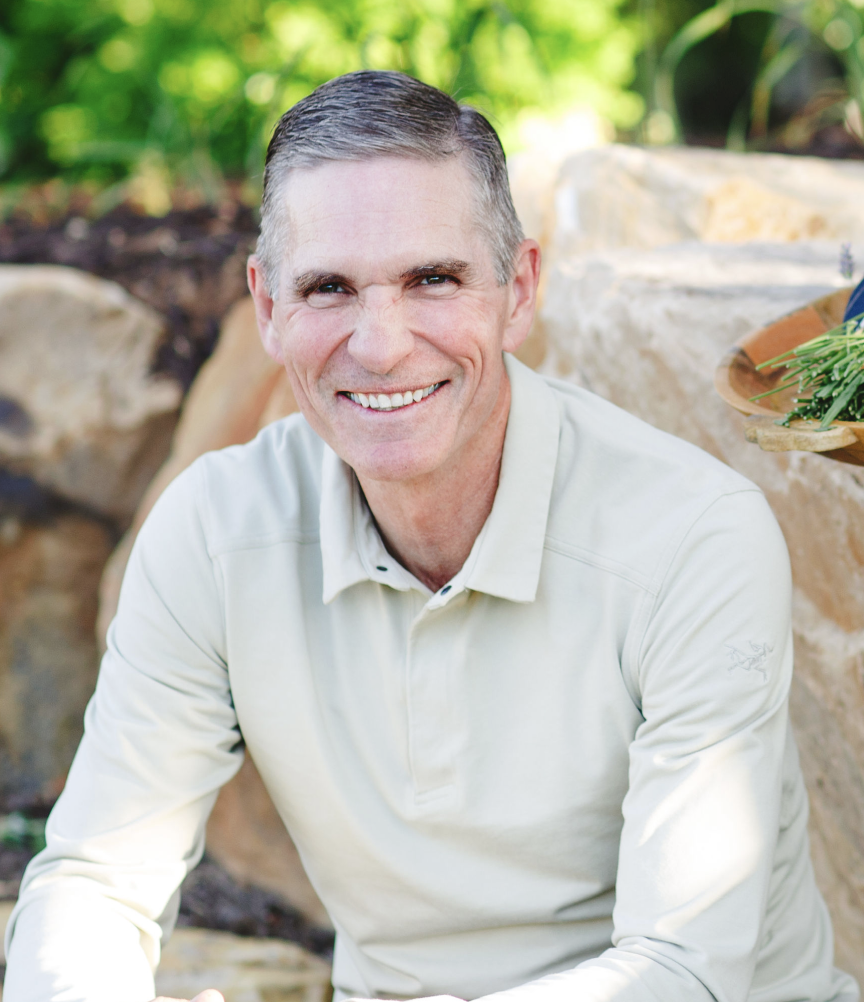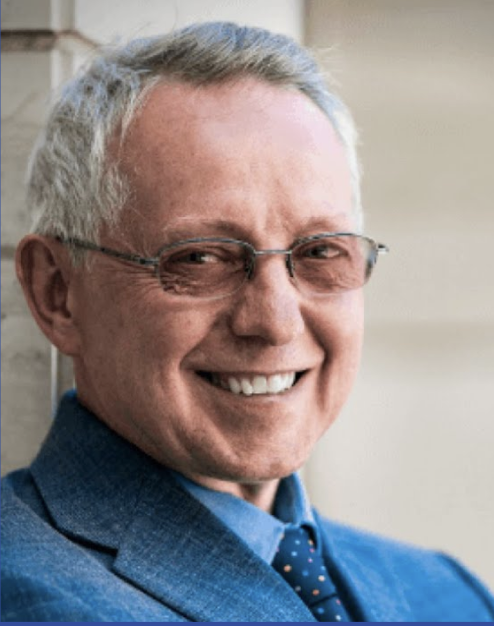In Japanese culture there is a beautiful practice called Kintsugi, which translates roughly to “golden repair”. This is how it works: when a piece of ceramic breaks, like a teacup or plate, instead of gluing the broken pieces back together so that the cracks are hidden, a special gold or silver adhesive is used so that the fractures are emphasized and even celebrated.
In this episode, Zach Davis spoke with Makoto Fujimura, an artist and writer who has reflected deeply on the meaning of kintsugi and more broadly about the relationship of art and faith. In their conversation, they explore how beauty can help us draw near to God, the role of creativity in bridging our differences, and how we can live with hope even in times of despair.
Makoto Fujimura is a leading contemporary artist whose art has been described by David Brooks of New York Times as “a small rebellion against the quickening of time”. Fujimura is also an arts advocate, writer, and speaker and was recently awarded the Kuyper prize for his religious engagement in matters of social, political, and cultural significance. He is the author of several books, including Art+Faith: A Theology of Making.




